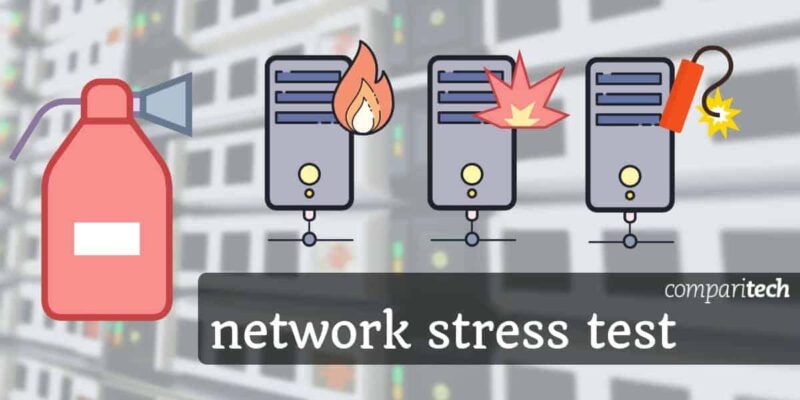Network performance testing is a crucial part of maintaining reliable online services. As organizations rely more heavily on their digital infrastructure, it’s essential to understand how systems perform under various levels of traffic.
IP load testing involves sending controlled amounts of network traffic to a system to measure its performance and capacity. This process helps identify potential bottlenecks, verify infrastructure upgrades, and ensure systems can handle expected user loads. Professional load testing tools simulate real user behaviour to generate meaningful performance data. When conducting a load test, specialized software generates multiple network requests that mimic genuine user traffic. These requests include webpage visits, file downloads, or API calls. The testing system monitors key metrics like response time, error rates, and resource usage throughout the test period.
During testing, administrators carefully control traffic levels to prevent disruption. They typically start with low volumes and gradually increase them while watching for performance changes. This systematic approach helps establish clear baselines and identify precise capacity limits.
Benefits of proper load testing
Organizations benefit from load testing in several ways:
- Discovering performance limitations before they affect users
- Validating system upgrades and changes
- Planning infrastructure capacity needs
- Ensuring business continuity during high-traffic periods
- Meeting service level agreements (SLAs)
However, it’s crucial to note that load testing should only be performed:
- On your systems or with explicit permission
- During scheduled maintenance windows
- Using professional tools and methods
- Following industry best practices
- In compliance with all relevant laws and regulations
Best practices for load testing
Professional load testing requires careful planning and execution:
- Establish clear objectives – Define specific goals and success criteria before starting any test.
- Start small – Begin with modest traffic levels and increase gradually while monitoring system health.
- Use realistic scenarios – Design tests that accurately reflect expected user behaviour patterns.
- Monitor comprehensively – Track all relevant metrics across network, server, and application layers.
- Document everything – Keep detailed records of test configurations, results, and observations.
- Coordinate with stakeholders – Ensure all affected teams are aware of testing schedules and procedures.
Permission and ethics
It’s essential to understand that load testing must always be conducted ethically and legally. This means:
- Only testing systems you own or have explicit permission to test
- Avoiding any disruption to other users or services
- Following all applicable laws and regulations
- Using professional tools and methods
- Maintaining detailed documentation
- Working with experienced professionals
Common load testing metrics
Understanding key metrics helps evaluate system performance:
- Response time – How quickly the system processes requests
- Throughput – The number of requests handled per second
- Error rate – Percentage of failed requests
- Resource utilization – CPU, memory, and network usage
- Concurrent users – Number of simultaneous connections supported
Future considerations
As technology evolves, load testing continues to adapt. Modern considerations include:
- Cloud-based testing environments
- Microservice architectures
- Mobile device simulation
- API testing
- Security implications
Legitimate load testing plays a vital role in maintaining reliable digital services. When performed properly by qualified professionals using appropriate tools and methods, it helps organizations ensure their systems meet performance requirements and deliver consistent user experiences.
Load testing requires careful planning, proper authorization, and appropriate safety measures. Organizations should always work with qualified professionals and follow industry best practices to achieve meaningful results while avoiding potential issues. what does an IP stresser do? Aims to help IT professionals understand the legitimate and responsible use of load testing tools while emphasizing the importance of proper procedures and ethical considerations. Always ensure any testing activities comply with relevant laws, regulations, and best practices.











Comments